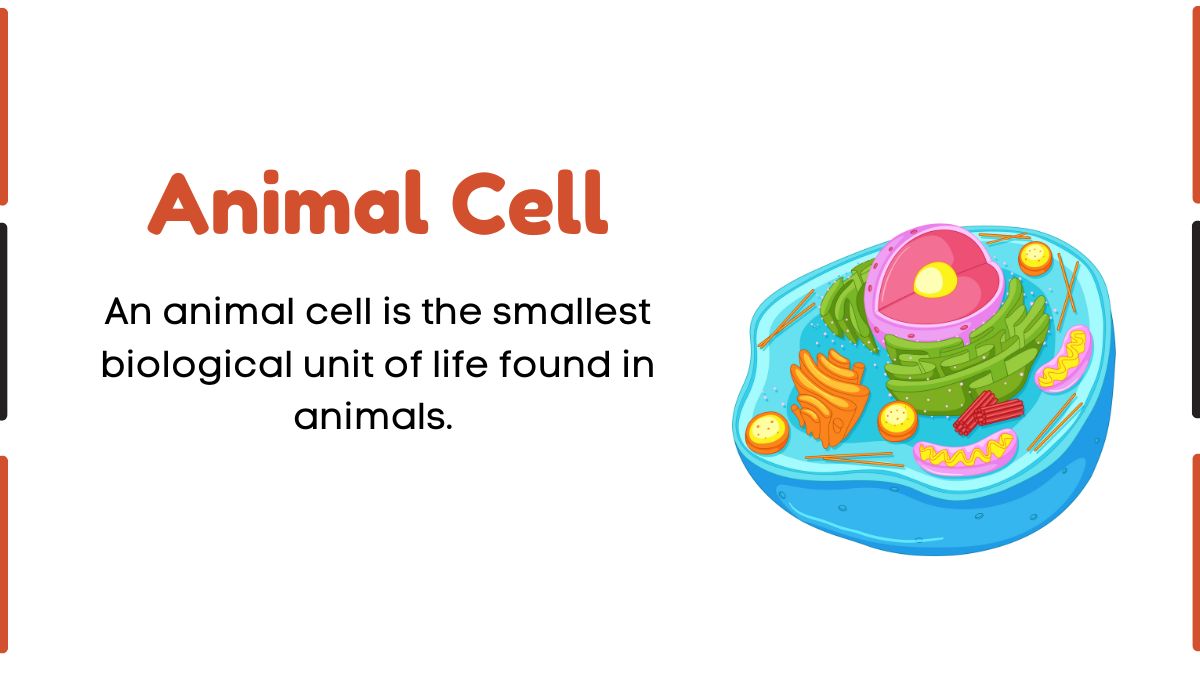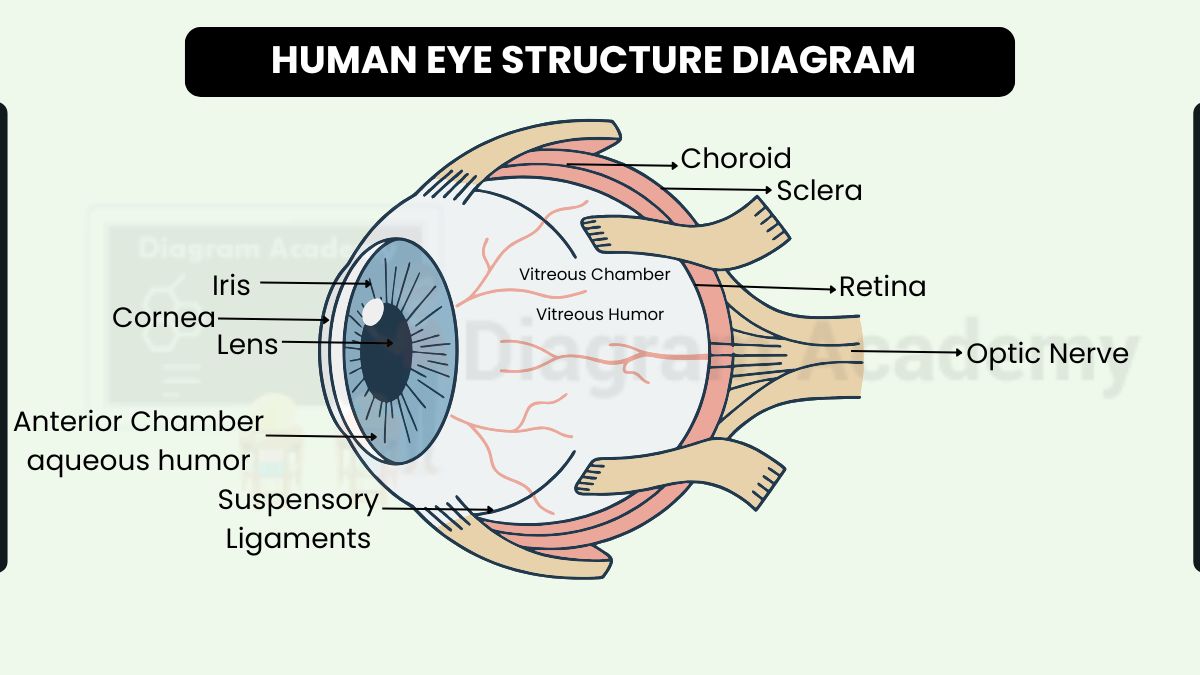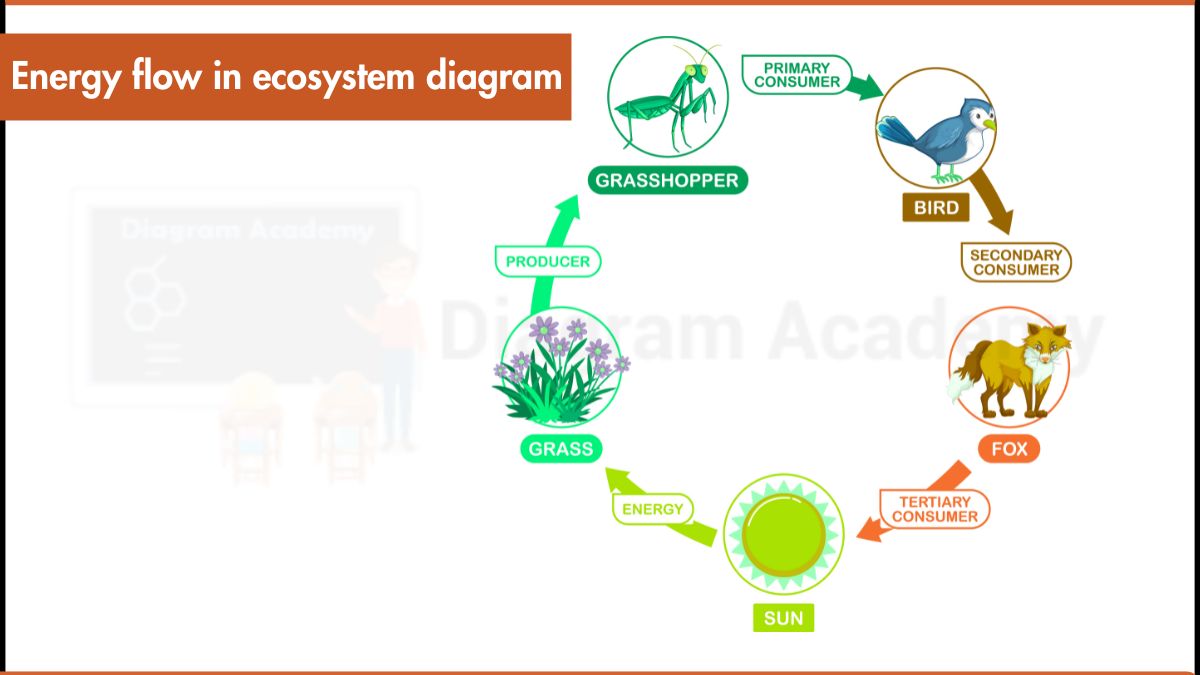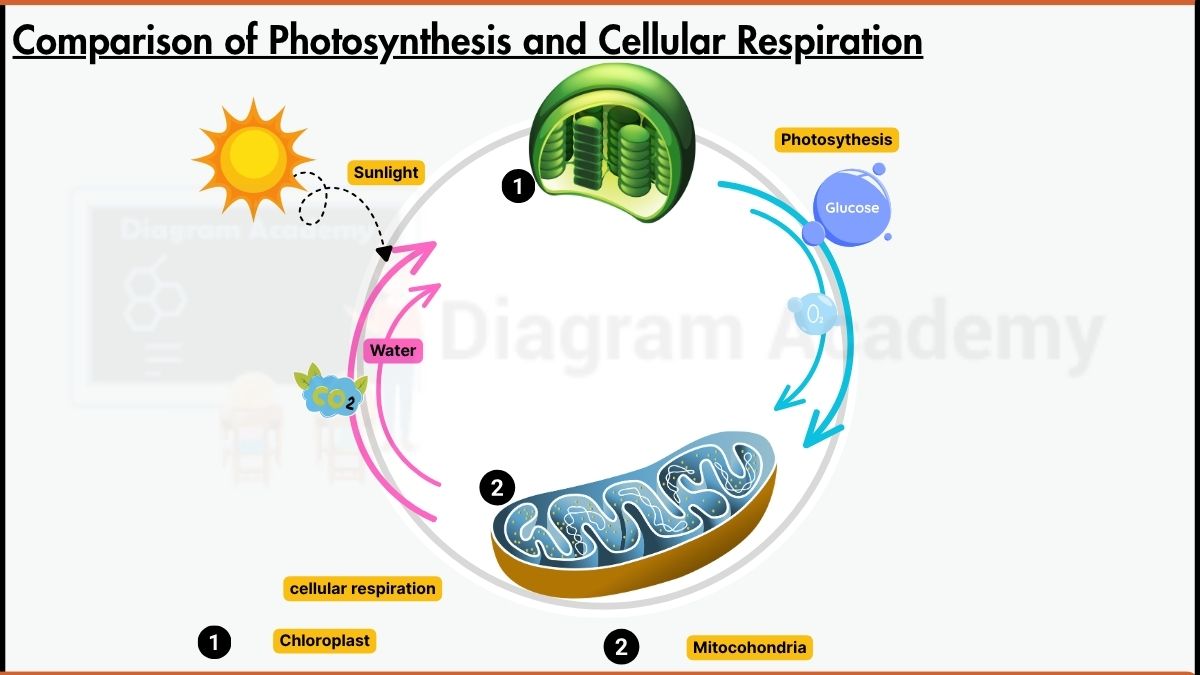How to write the Orbital Diagram for Titanium?
Titanium (Ti) has 22 electrons filling its shells. A common configuration for elements in group 4 (like titanium) is 2 electrons in the first shell, 8 electrons in the second shell, another 8 in the third, and finally 2 in the outermost shell. This shorthand way of representing electron configuration highlights how the outer electrons, which play a major role in bonding, are arranged for titanium.







